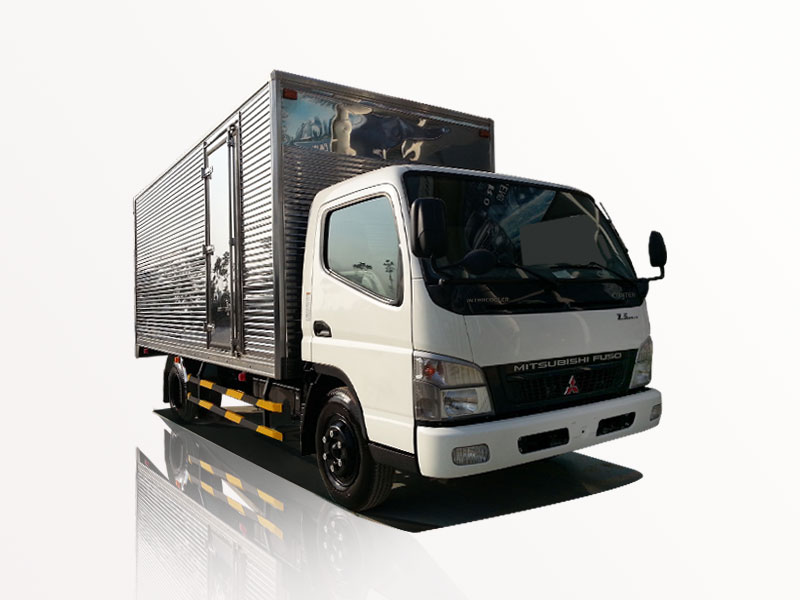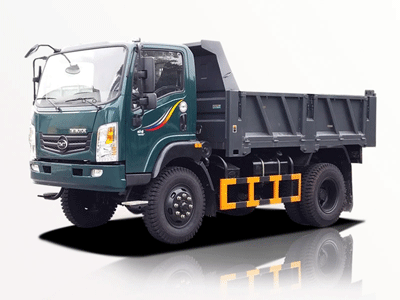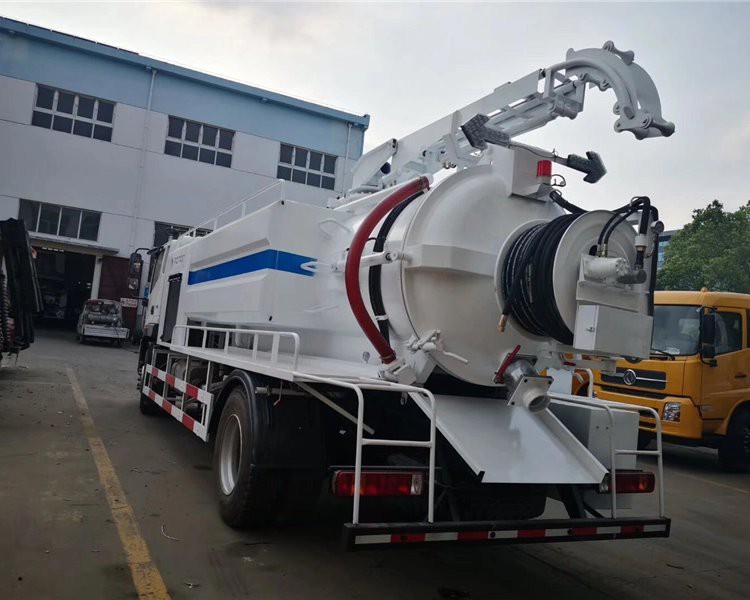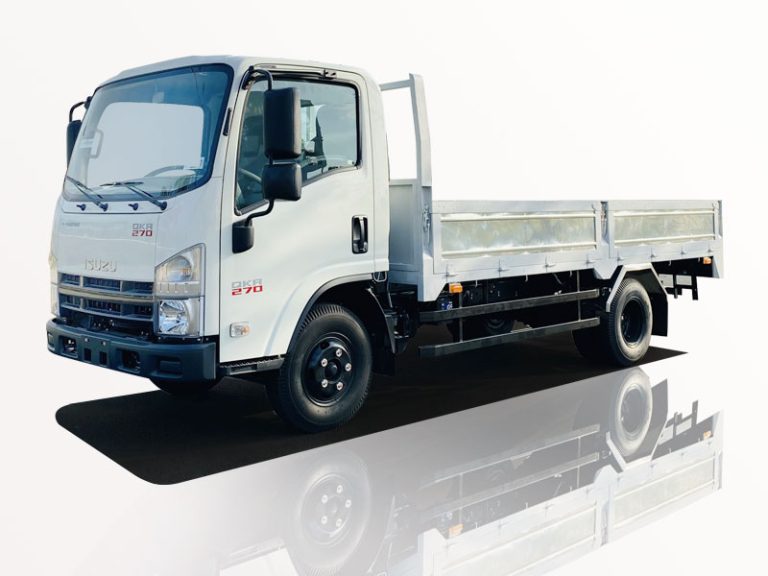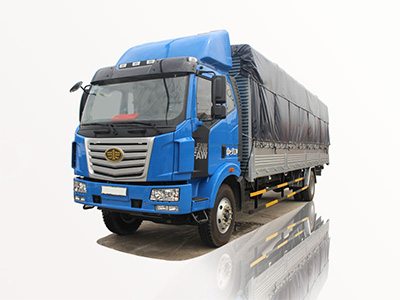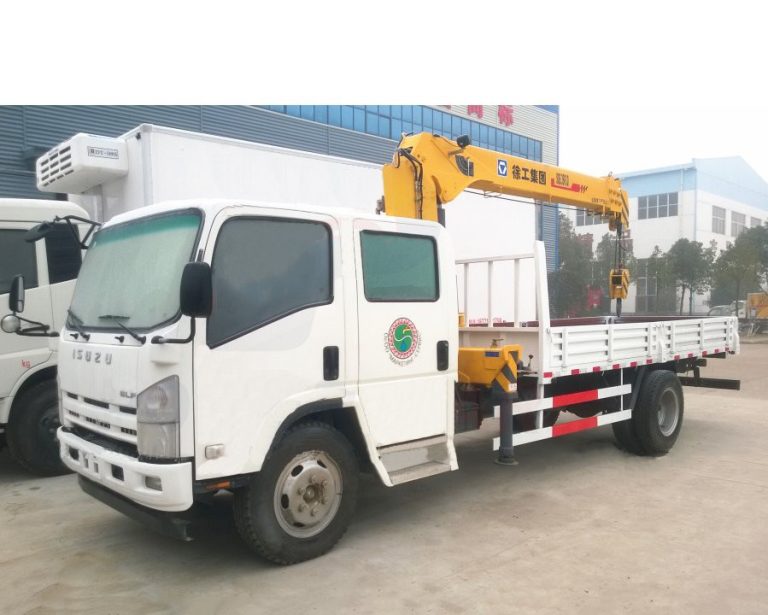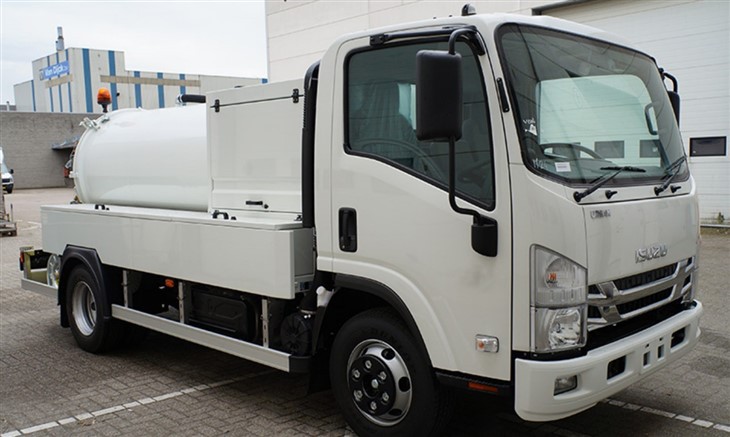Are you tired of overflowing garbage cans and the frequent trips to your outdoor waste bins? The solution lies in the innovative technology of garbage can compressors. In this comprehensive guide, we will delve deep into what a garbage can compressor is, its benefits, how it works, and everything you need to know to choose the right one for your needs. Let’s explore how this simple device can transform your waste management routine and maximize your space in ways you never thought possible.
What is a Garbage Can Compressor?
A garbage can compressor is a waste management tool designed to compact waste materials inside the garbage can. By compressing the waste, these devices can increase the overall capacity of your garbage bags, reduce odors, and minimize the frequency of garbage disposal. It is particularly useful for households or businesses that generate a significant amount of waste.
How Does a Garbage Can Compressor Work?
Typically powered by an electric motor, a garbage can compressor uses a series of plates or a compressed air mechanism to crush the waste inside the can. When the lid is closed, the compressor mechanism activates and applies pressure to compact the garbage. The result is a smaller footprint for what could have been a larger pile of waste.
Key Components of a Garbage Can Compressor
- Motor: Powers the compression mechanism.
- Compression Plates: These plates apply pressure and reduce waste volume.
- Sensors: Detect when the lid is closed and automatically activate the compression process.
- Control Panel: Allows users to control and monitor the compressor functions.
The Benefits of Using a Garbage Can Compressor
1. Increased Capacity
By compacting waste, you can significantly increase the volume of garbage that fits within your cans. This means fewer trips to the curb and a more efficient waste management process.
2. Reduced Odor
Compact trash creates less air space above the waste, which helps in minimizing odors in your home. Additionally, some models come equipped with odor control features that further help manage unpleasant smells.
3. Environmentally Friendly
Compressing waste can lead to fewer garbage bags being used, reducing plastic waste. Moreover, less frequent disposal means fewer trips to landfills, contributing to environmental sustainability.
4. Space Saving
With a garbage can compressor, you can store more waste in a smaller area, freeing up space in your home or business. This is especially useful in small kitchens or tightly packed commercial spaces.
5. Time Efficiency
By reducing the frequency of garbage disposal, users save precious time that would have been spent hauling bags to the curb or dumpster.
6. Versatility
Garbage can compressors can be used for various waste types, including household trash, yard debris, and even recyclable materials. This adaptability makes them a valuable addition to any waste management system.
Types of Garbage Can Compressors
1. Manual Compressors
These require the user to physically operate the compaction mechanism, usually by pushing down on a lever or pedal. Manual compressiors are typically more affordable but require additional effort from the user.
2. Electric Compressors
Electric models are powered by a motor and automatically compress waste upon closing the lid. They tend to be more efficient, user-friendly, and better suited for larger households or businesses.
Choosing the Right Garbage Can Compressor
1. Size and Capacity
Consider the volume of waste you generate. A larger household may benefit from a high-capacity compressor capable of handling bulk trash without frequent emptying.
2. Power Source
Decide between a manual or electric model based on your preferences and budget. Electric options are convenient, but manual versions can be more reliable during power outages.
3. Maintenance Requirements
The maintenance of garbage can compressors can vary. Look for models with easy-to-clean parts and systems that prevent clogs or jams.
4. Budget
Prices for garbage can compressors can vary widely. Establish a budget and consider the features that are essential for your waste management needs.
Installing Your Garbage Can Compressor
1. Location Selection
Choose a convenient location for your compressor, ideally near your kitchen or wherever most of your waste is generated.
2. Follow Manufacturer Instructions
Always refer to the installation manual provided by the manufacturer for specific guidance on setting up your unit.
3. Test Operation
Once installed, test the compressor to ensure it functions correctly. Monitor how well it compacts different types of waste.
Maintenance and Care Tips
1. Regular Cleaning
Clean the interior of the compressor regularly to prevent build-up and odors. Use a suitable cleaner that is safe for the materials involved.
2. Check Moving Parts
Inspect the moving components periodically to ensure they are functioning smoothly. Lubricate them as needed to enhance performance.
3. Monitor Waste Types
Avoid putting materials that could clog the compressor, such as thick plastics or heavy cardboard. Stick to waste that the unit is designed to compress.
Common Problems and Troubleshooting
1. The Compressor Won’t Start
Check to ensure it’s plugged in and that there’s power to the outlet. If it’s an electric model, check for blown fuses.
2. Clogs or Jams
If waste is stuck, turn off the compressor and remove any obstructions manually. Regular inspection can help prevent these issues.
3. Inconsistent Compression
Ensure that the waste is evenly distributed in the can. Overloading can lead to uneven compaction.
Practical Examples of Garbage Can Compressors
| Model | Power Type | Capacity (gallons) | Price | Best For |
|---|---|---|---|---|
| Trashinator 3000 | Electric | 20 | $199 | Large families |
| Compactman Pro | Manual | 10 | $99 | Small apartments |
| EcoCrunch Extender | Electric | 30 | $249 | Businesses |
FAQs about Garbage Can Compressors
1. What is a garbage can compressor?
A garbage can compressor is a device that compacts waste material inside a garbage can to increase its capacity and reduce odors.
2. How do I maintain my garbage can compressor?
Regular cleaning, lubrication of moving parts, and avoiding clogs are essential for maintaining your compressor.
3. Can I use a garbage can compressor for recyclables?
Yes, many garbage can compressors can accommodate recyclables, but check the manufacturer’s guidelines for specific recommendations.
4. How much do garbage can compressors cost?
Prices range from around $99 for manual models to over $249 for high-capacity electric versions.
5. Are there any safety concerns with using a garbage can compressor?
Always follow the manufacturer’s safety guidelines. Avoid placing any body parts near moving mechanisms during operation.
6. Where can I buy a garbage can compressor?
They are available at home improvement stores, appliance retailers, and online marketplaces like Amazon.
